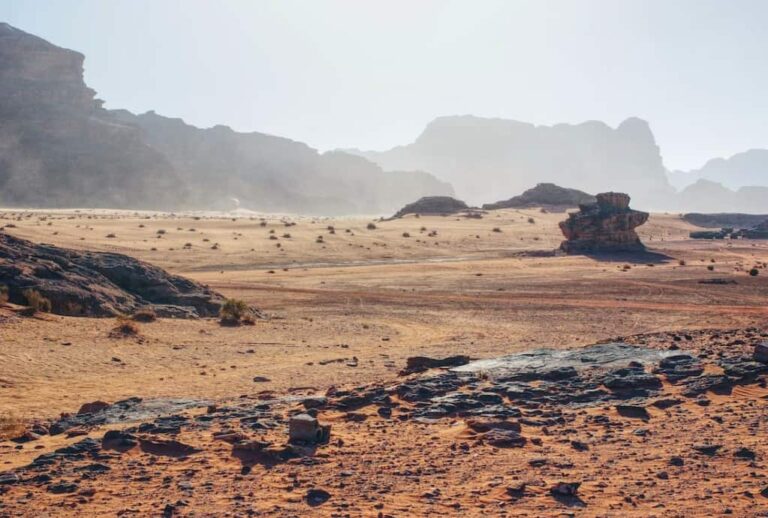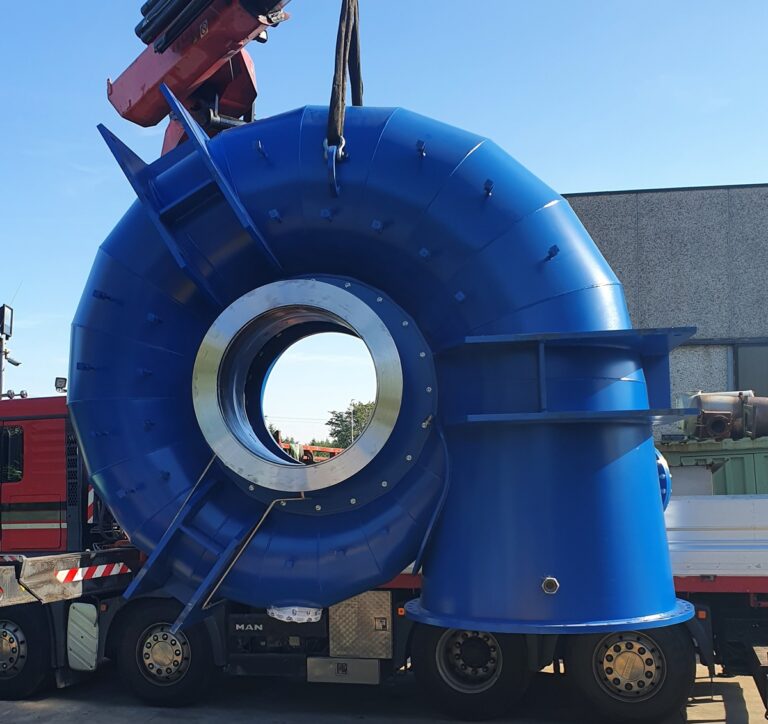The most vulnerable regions of the planet are reaching the so-called ‘Zero Harvest’. I.e. total unproductivity of the land due to progressive desertification. Sadhguru’s Save the Soil movement issued the warning.
The world’s reserves of fertile soil are being depleted at the rate of 24 billion tonnes per year. With catastrophic impact on the planet’s food chain, carbon emissions and water security.
Unless governments, companies and agricultural sectors around the world adopt policies that protect soil fertility, many vulnerable regions will soon face the first ‘Zero Harvest’.
Table of Contents
The state of the Earth’s farmland
Today, 33% of the Earth’s farmland is already degraded. And according to the United Nations Convention to Combat Desertification, progressive erosion could reduce global crop yields by 90% by 2050.
This is equivalent to taking millions of hectares of land away from agriculture with economic repercussions and damage that, between shortages of food, eco-system services and lower per capita income, is estimated at USD 23 trillion.
Overall, the world depends on soil for 95 per cent of its food production. Some areas of the planet have already reached ‘crop zero’.
The Sahel region, for example, in West and North Central Africa, has been struggling with the desertification of farmland since the 1960s.
Read also: Regenerative agriculture, what is it and what are its benefits
What causes desertification and the “Zero harvest” phenomenon
Soil contains an important biota (the set of organisms occupying a given space in an ecosystem) that alone accounts for 25 per cent of the world’s biodiversity. And, is capable of transforming and breaking down chemicals and other contaminants in water.
With its ability to absorb up to 2,500 gigatons of carbon, or three times the amount in the atmosphere and four times the amount stored in all living plants and animals, it plays a crucial role in mitigating climate change. Thus by trapping more than 25% of the world’s fossil fuel emissions.
However, as half the land on the planet has been used for agriculture, the soil has lost between 50 and 70 per cent of the carbon it once contained. Thus paradoxically contributing to the emission of a quarter of the greenhouse gases in the atmosphere.
The main causes of widespread soil degradation are deforestation, unsustainable farming practices and too much grazing land.
Read also: What is precision agriculture: an innovative approach that maximizes efficiency and productivity












